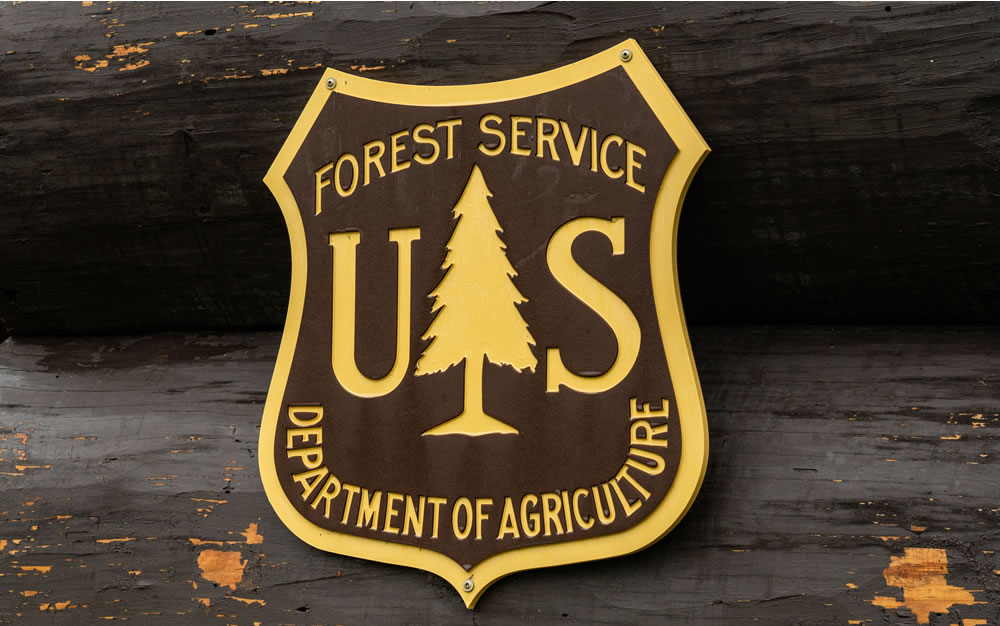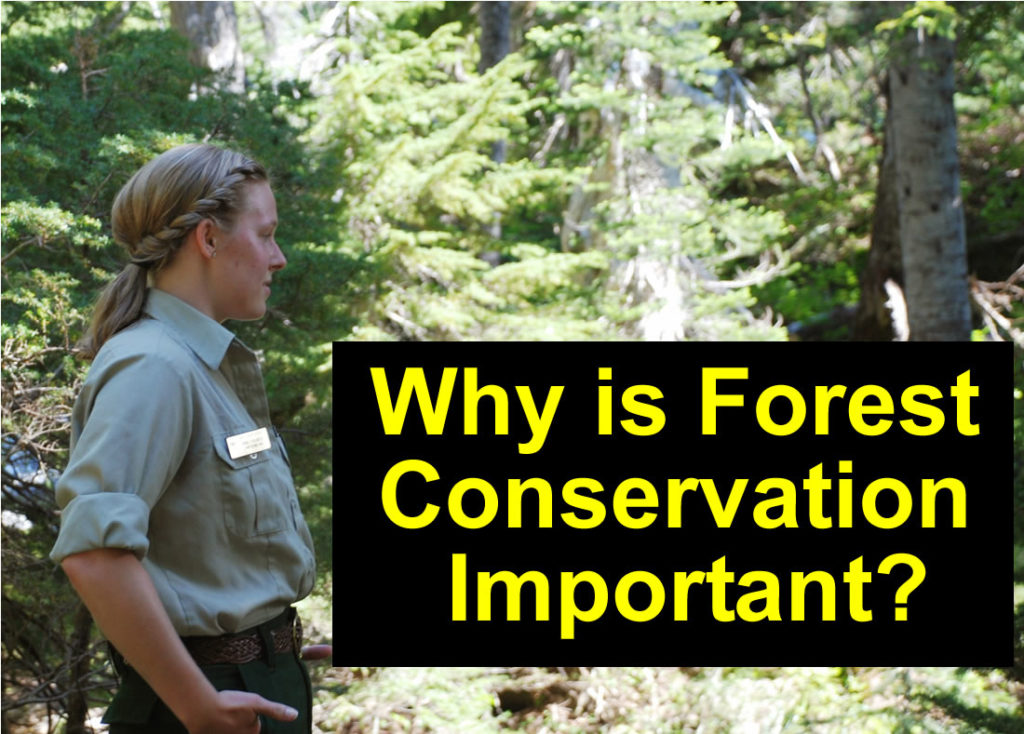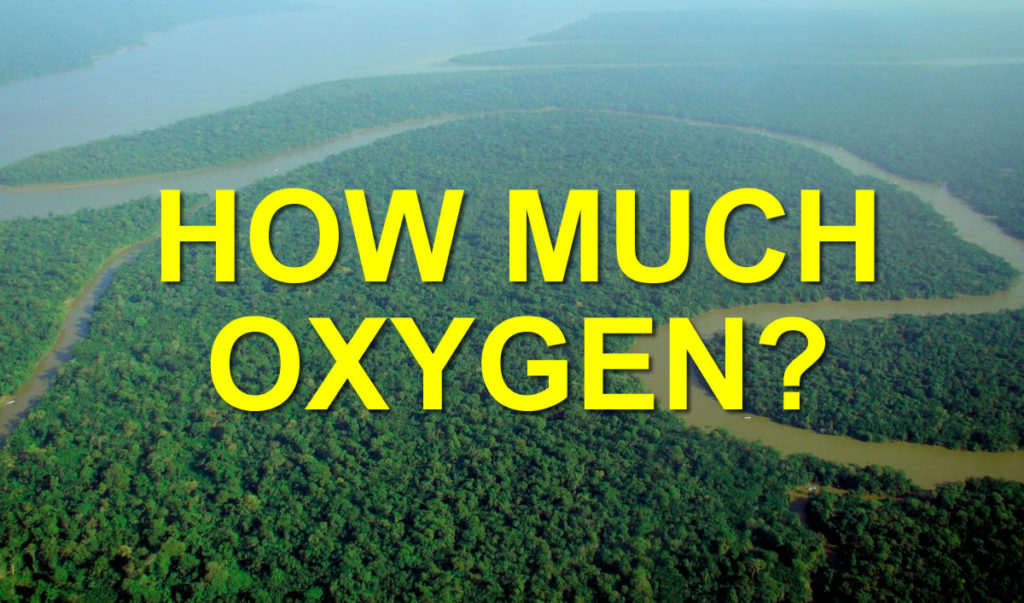
What is the Largest Forest in the United States?
The United States has a wealth of large forests, most of which are found to the West of the Mississippi River, stretching from Arizona to Alaska. The largest national forest is the Alaskan forest, Tongass. The monstrous and dense constellation of greenery covers almost 17 acres. It encompasses a vast majority of Southeast Alaska and the Alaskan Panhandle.





